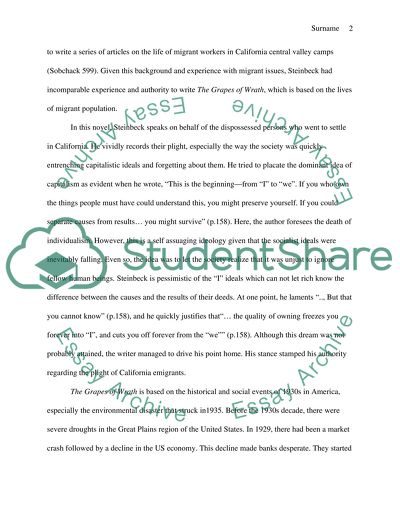Cite this document
(“Grapes of Wrath Steinbecks purpose Research Paper”, n.d.)
Retrieved from https://studentshare.org/literature/1491138-grapes-of-wrath-steinbecks-purpose
Retrieved from https://studentshare.org/literature/1491138-grapes-of-wrath-steinbecks-purpose
(Grapes of Wrath Steinbecks Purpose Research Paper)
https://studentshare.org/literature/1491138-grapes-of-wrath-steinbecks-purpose.
https://studentshare.org/literature/1491138-grapes-of-wrath-steinbecks-purpose.
“Grapes of Wrath Steinbecks Purpose Research Paper”, n.d. https://studentshare.org/literature/1491138-grapes-of-wrath-steinbecks-purpose.


